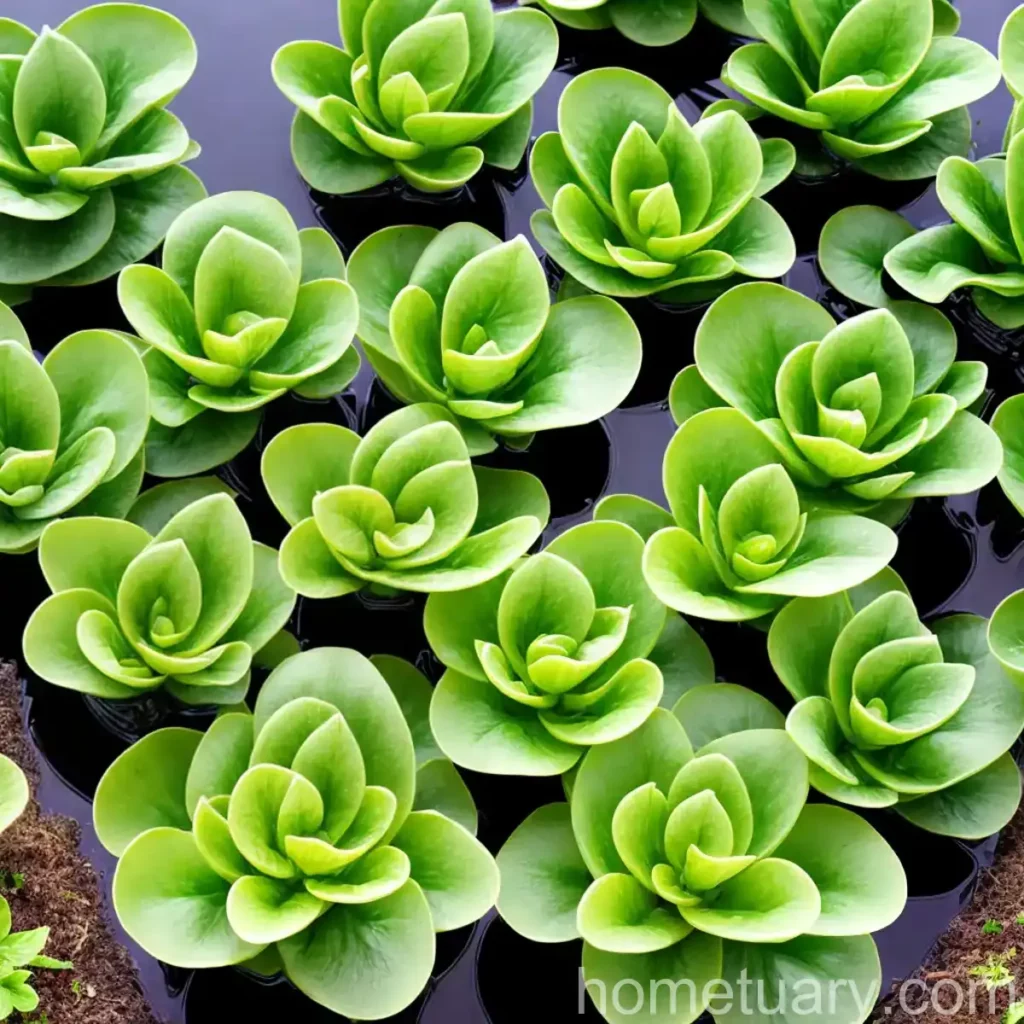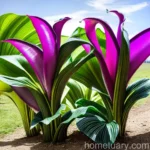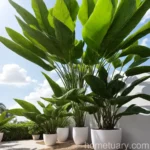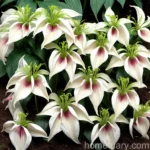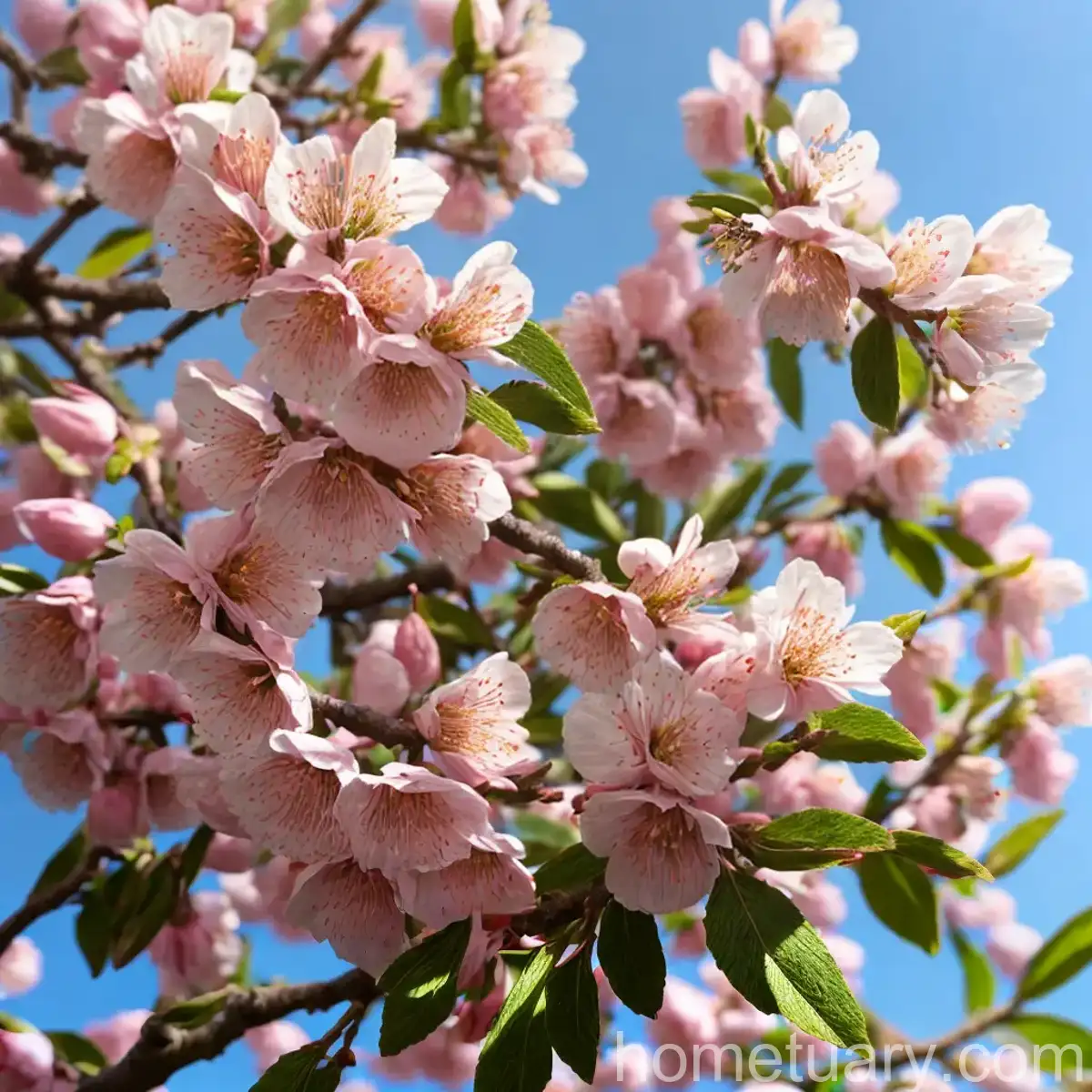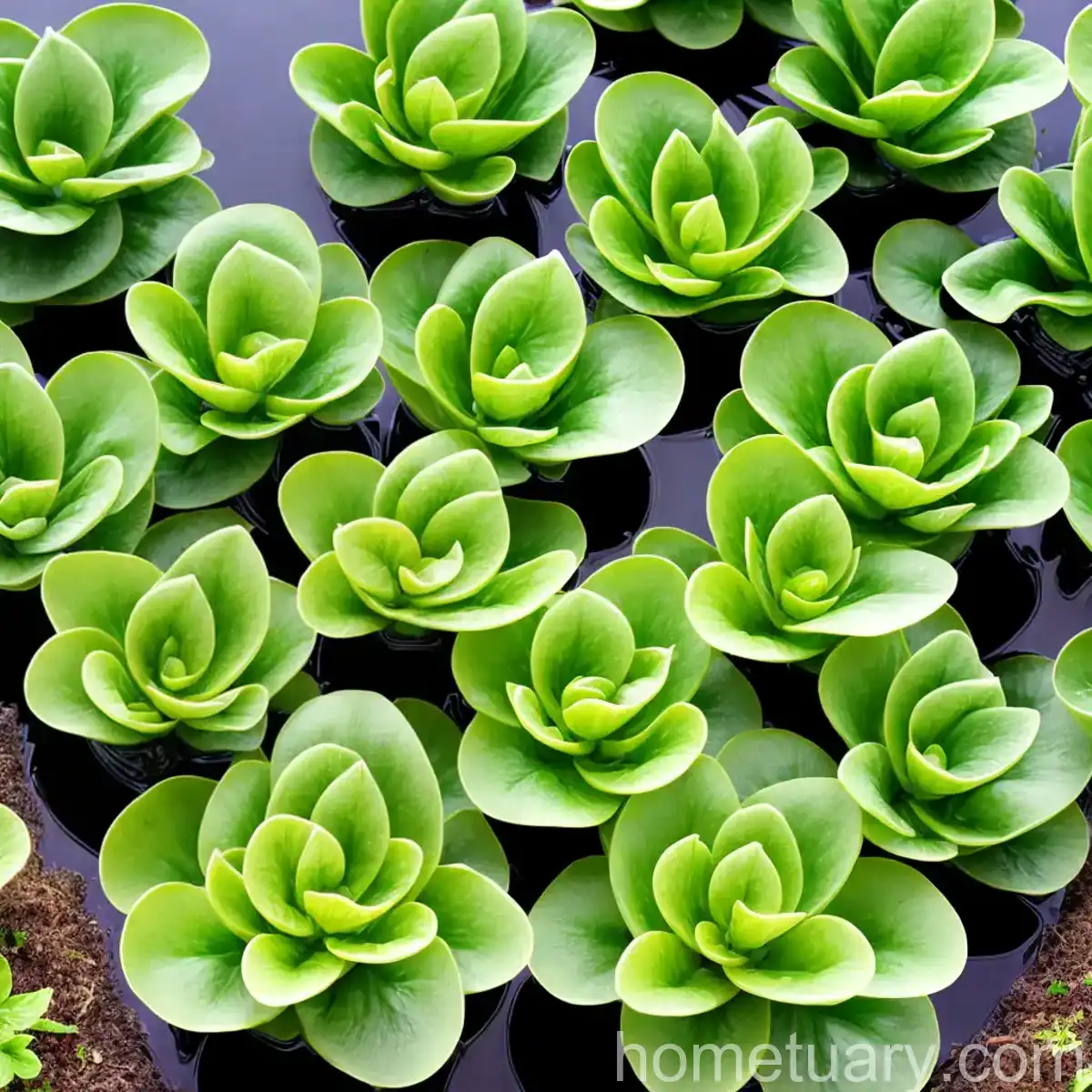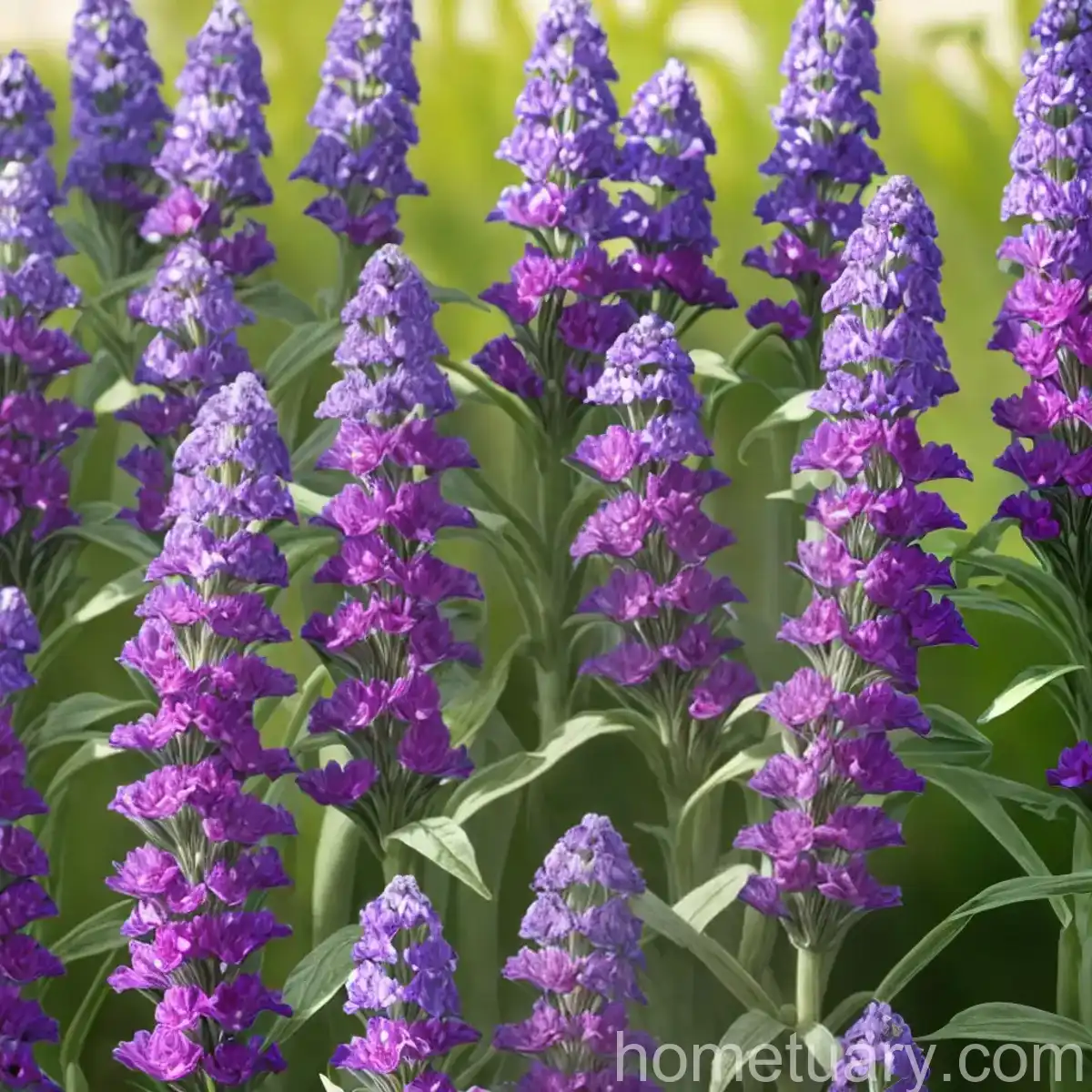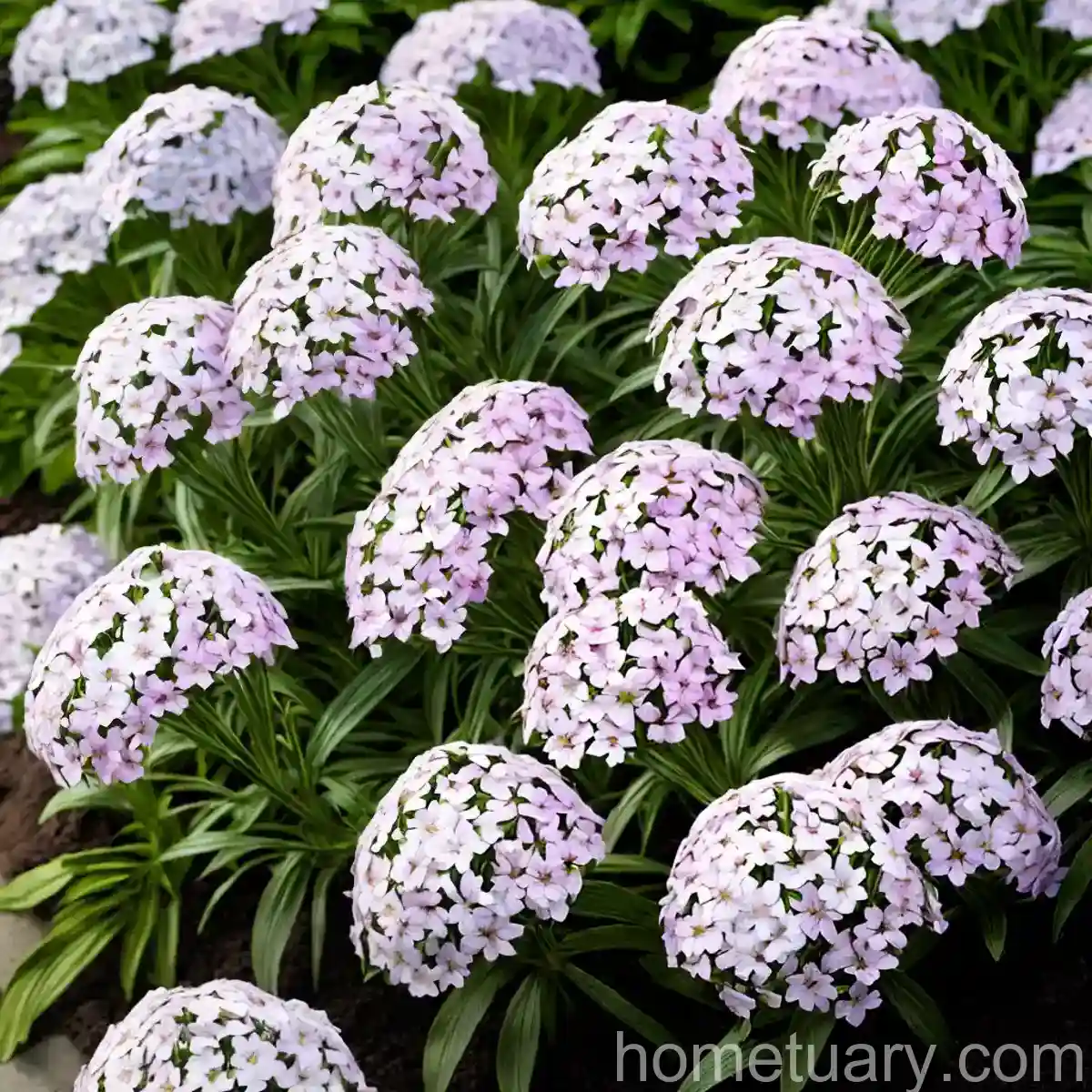Water Lettuce (Pistia stratiotes): A Comprehensive Guide
In the world of aquatic plants, water lettuce (Pistia stratiotes) stands out as a stunning and beneficial addition to ponds, aquariums, and natural water bodies. This floating plant is known for its ability to improve water quality, provide shelter for aquatic species, and enhance the aesthetic appeal of aquatic environments. In this comprehensive guide, we will explore the culture, uses, care requirements, propagation, common diseases, and maintenance tips for water lettuce.
What is Water Lettuce (Pistia stratiotes)?
Water lettuce, scientifically known as Pistia stratiotes, is a free-floating aquatic plant that belongs to the Araceae family. Originating from tropical and subtropical regions, it is commonly found in the calm waters of lakes, ponds, marshes, and slow-moving rivers. The plant is characterized by its light green rosettes of leaves and feathery roots that dangle below the water’s surface.
Key Takeaways – Water Lettuce (Pistia stratiotes)
Before delving into the details of water lettuce care and maintenance, let’s summarize some key takeaways about this remarkable aquatic plant:
- Water lettuce (Pistia stratiotes) is a free-floating, light green aquatic plant that thrives in tropical and subtropical regions.
- It plays a significant role in natural water filtration, nutrient absorption, and habitat creation for aquatic species.
- Water lettuce is popular among aquatic enthusiasts for its aesthetic appeal and its ability to enhance water quality.
- Proper care involves attention to water, sunlight, fertilizer, soil, pruning, and propagation techniques to ensure optimal growth and health of the plant.
Now, let’s delve into the detailed aspects of water lettuce care, culture, and its uses in various aquatic environments.
Culture of Water Lettuce
Water
Water lettuce thrives in freshwater environments and requires a stable water supply to grow and propagate effectively. When grown in aquariums or ponds, it is crucial to maintain good water quality to support the health of the plant. Water lettuce is known for its ability to absorb excess nutrients, which can help in controlling algae growth and improving water clarity.
Sunlight
As an aquatic plant, water lettuce requires adequate sunlight to thrive. When growing water lettuce in outdoor ponds, it is essential to provide it with partial shade to prevent direct exposure to intense sunlight, which can lead to sunburn and damage the delicate leaves.
Fertilizer
Water lettuce is an exceptional biofilter and nutrient absorber. It naturally uptakes nitrogen and phosphorus, essential nutrients required for its growth, from the water. However, in nutrient-deficient environments, supplemental fertilization can be beneficial. Consider using aquatic plant fertilizers to support the growth of water lettuce, especially in controlled pond or aquarium settings.
Soil
Being a floating plant, water lettuce does not require traditional soil for growth. Instead, it thrives by absorbing nutrients directly from the water. Nevertheless, the presence of organic matter and a healthy substrate in ponds or aquariums can contribute to the overall health of water lettuce by providing additional nutrients and microorganisms that support its growth.
Uses of Water Lettuce
Water lettuce serves various practical and aesthetic purposes in aquatic environments, making it a valuable addition to ponds, aquariums, and natural water bodies.
Natural Filtration
One of the key benefits of water lettuce is its ability to act as a natural filter. It absorbs excess nutrients, such as nitrates and phosphates, from the water, thereby helping to control algae growth and improve water quality in ponds and aquariums.
Habitat Creation
Water lettuce provides important shelter and nesting sites for fish, amphibians, and invertebrates. Its floating rosettes and dangling roots create a safe haven for aquatic species, contributing to the overall biodiversity and ecological balance of water bodies.
Aesthetic Enhancement
The attractive appearance of water lettuce makes it a popular choice for enhancing the visual appeal of ponds and aquariums. Its light green color and delicate floating nature add a touch of natural beauty to aquatic landscapes.
Care Recommendations for Water Lettuce
Caring for water lettuce involves attention to several key factors, including water, sunlight, fertilizer, soil, pruning, and propagation techniques.
Water
Maintain a stable and clean water environment for water lettuce. Regular water quality testing and monitoring of nutrient levels can help ensure optimal growth and health of the plant.
Sunlight
Provide moderate to bright indirect light for water lettuce. Avoid direct exposure to intense sunlight, especially in outdoor pond settings, as it can cause damage to the leaves.
Fertilizer
In nutrient-deficient water, consider using aquatic plant fertilizers to support the growth of water lettuce. However, in balanced and naturally nutrient-rich water bodies, additional fertilization may not be necessary.
Soil
Although water lettuce does not require traditional soil for growth, the presence of organic matter and a healthy substrate in ponds or aquariums can contribute to the overall health of the plant.
Pruning
Regularly remove any yellowing or decaying leaves from water lettuce. This helps to maintain the plant’s overall health and appearance, prevents potential rotting, and improves water circulation around the plant.
Propagation
Water lettuce can propagate rapidly under favorable conditions. It reproduces through the division of rosettes and the formation of daughter plants. Regularly thin out excess growth to prevent overcrowding in ponds or aquariums.
Water Lettuce in Containers
Popularity in Containers
Water lettuce is highly popular among aquatic enthusiasts for cultivation in containers, including ponds, water gardens, and indoor aquariums. Its ability to thrive in controlled environments makes it a desirable choice for water feature enthusiasts.
Common Diseases
Water lettuce is relatively resistant to diseases but may be susceptible to certain issues in suboptimal conditions.
Disease Diagnosis
Common diseases that may affect water lettuce include fungal infections, rotting due to poor water quality, and pest infestations. Regular monitoring of the plant’s health and prompt action can help prevent the onset and spread of diseases.
Common Pests
Pests such as snails and certain herbivorous insects may sometimes feed on water lettuce. In outdoor settings, such as ponds, natural predators and biocontrols often help keep pest populations in check.
Botanist’s Tips for Water Lettuce Care
As a botanist specializing in aquatic plants, I recommend the following tips for optimal care and maintenance of water lettuce:
- Monitor Water Quality: Regularly test and monitor water parameters, including pH, ammonia, nitrite, and nitrate levels, to ensure the plant’s health and vitality.
- Prune and Thin Out Excess Growth: Regularly remove yellowing or decaying leaves and thin out excess growth to prevent overcrowding and maintain a healthy plant population.
- Provide Balanced Nutrients: Understand the nutrient requirements of water lettuce and provide a balanced environment with suitable nutrient levels.
- Prevent Overcrowding: Keep an eye on the growth rate of water lettuce and prevent overcrowding in ponds and aquariums by thinning out excess plants as needed.
- Observe for Pests and Diseases: Regularly inspect water lettuce for signs of pest infestations or diseases and take appropriate measures to address any issues promptly.
Fun Facts about Water Lettuce
- Water lettuce can double its population in just a few weeks under ideal conditions, making it an excellent choice for natural water filtration and habitat creation.
- In certain regions, water lettuce is considered an invasive species due to its rapid growth and ability to crowd out native aquatic plants.
Links to External Resources
For further information about water lettuce care, propagation, and its uses in aquatic environments, refer to the following external resources:
- Aquascape: Water Lettuce Care Guide
- The Aquarium Guide: Growing Floating Plants
- Gardening Know How: Pistia stratiotes Planting and Care
In conclusion, water lettuce (Pistia stratiotes) is a remarkable aquatic plant that offers a myriad of benefits, from natural water filtration and habitat creation to aesthetic enhancement of aquatic environments. By understanding its culture, care requirements, and practical uses, aquarists, pond enthusiasts, and conservationists can harness the unique qualities of water lettuce to create thriving and visually appealing water features while contributing to the health of aquatic ecosystems.
With proper attention to water quality, sunlight, nutrient levels, and occasional thinning, water lettuce can flourish and provide long-term benefits for both aquatic species and water enthusiasts. As a floating plant, its contribution to water quality improvement, habitat creation, and aesthetic enhancement makes it a valuable addition to any water garden, pond, or aquarium setting.

